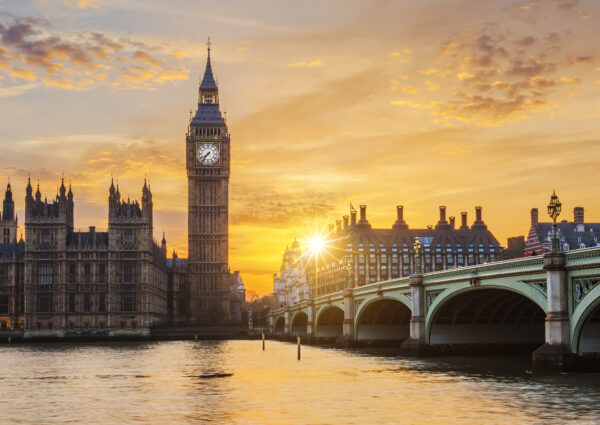Daylight Saving Time and Winter Services
Time Change Alert
How Daylight Saving Time and Winter Servicing Go Hand in Hand
Daylight Saving Time (DST) has been a topic of discussion in the UK for more than a century. This biannual clock adjustment, designed to make better use of daylight, has consequences that extend beyond simply adjusting our clocks. It’s an annual event that often slips our minds, but it’s closely tied to the commencement of the Winter Gritting season, a critical period for upholding road, car park and path safety and mitigating the impact of snow and ice during the winter months.
DST and Winter Gritting
The end of DST, which occurs on the last Sunday in October, traditionally marks the start of the gritting season in the UK. As the clocks turn back one hour, daylight becomes scarcer during the evening and morning commutes. This drop in light results in lower temperatures, slippery roads and paths, and an increased risk of accidents.
With the clock change, winter maintenance teams kick into action, working diligently to ensure safety throughout the winter. Statistics show that effective gritting is vital for reducing accidents, economic losses, and health risks associated with severe winter weather. In the UK, winter gritting remains a pivotal component of public safety and infrastructure maintenance.
The Importance of Winter Gritting
The UK government allocates approximately £100 million for winter gritting each year, utilising around 2 million tons of salt. Despite these efforts, adverse weather conditions contribute to nearly 29% of all road accidents, according to the UK Department for Transport.
The History of Daylight Saving Time
Our friends across the Atlantic often credit Benjamin Franklin with the idea of DST, which he playfully proposed in 1784 in a letter to the Journal of Paris. In his whimsical letter, titled “An Economical Project for Diminishing the Cost of Light,” Franklin suggested that Parisians could conserve candle usage by starting their day earlier. However, Franklin meant this as a jest.
It was actually Germany that first introduced DST in 1916, during World War I, to reduce artificial lighting usage and save fuel for the war effort. Many countries, including the UK, followed suit. Most of them reverted to standard time after the war, but DST made a comeback during World War II.
Daylight Saving Time in the UK
DST in the UK has seen various changes, including adjustments to the start and end dates and the length of the DST period. Currently, DST in the UK begins on the last Sunday in March and ends on the last Sunday in October. Clocks spring forward by one hour in spring and fall back by one hour in autumn.
Since Brexit in 2019, the UK government conducted a consultation on DST. The majority supported abolishing DST, but there’s also significant backing for permanent DST. The government is still deliberating on the decision, committed to further research and consultation.
Phosters Winter Services
As autumn gives way to winter, Phosters FM and our supply partners are gearing up for the season ahead. Our deployment schedules are in motion. With the end of October drawing near, if you’d like to learn more about how our team can keep you operational and safe, please contact us today.
#ReliabilityasStandard #WinterGritting #DaylightSavings
















